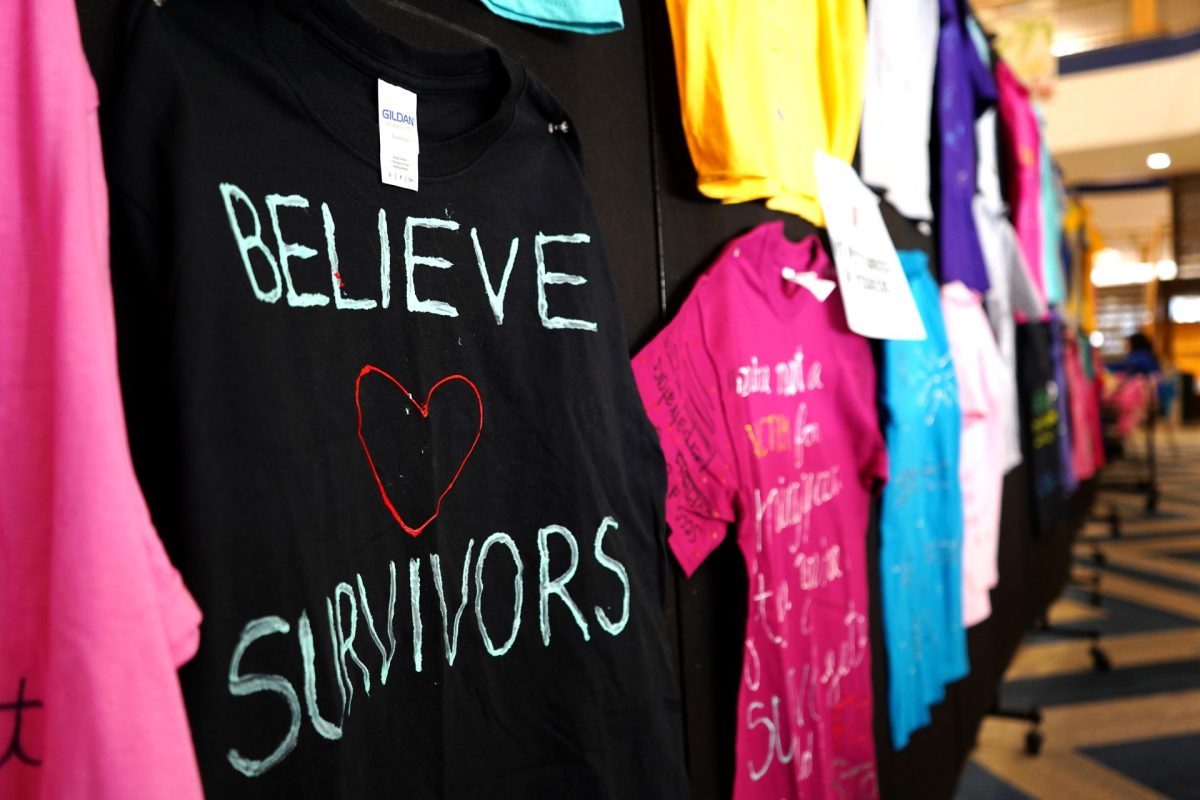Thanks to the Internet, video sharing has changed the way we share experiences with one another. Think about it: how would one go about sharing a video they made with others before the existence of the internet? Sure, sharing between friends and family is always a possibility with your high tech digital cameras, but there was no potential for hundreds, or potentially, thousands of strangers to experience your original and hilarious cat video.
In late 2005, a website named YouTube was created by three former employees of an online banking system. The premise was simple, and was stated in the website’s tagline “Broadcast Yourself”, encouraging users to upload their own videos. The interface was modest, and it was also relatively simple to use.
Fast forward to 2014, and almost ten years later, YouTube has become the third most popular website in the world. Who would’ve thought that a website with such a straightforward concept would become this renown?
I myself have used YouTube since 2006. I was just a bored, friendless sixth grader, using my household’s newfound broadband internet connection to obsessively search for information about the latest Pokemon game. As you can see, I was a cool kid. A website called YouTube kept popping up, and eventually, I went there for anything I would want to see a video of.
Six years later, I decided to start making guitar covers of my favorite songs and posted them onto YouTube. There were a few reasons I did this. Well for one, my not so amazing high school band had just broken up, and I didn’t want to waste my guitar skills doing nothing. It also gave me something productive to do over summer that didn’t involve messing around with my best friend.
O.K., enough exposition and self-disclosure, let’s get to the actual issue here. In December 2013, YouTube released a new defense mechanism to defend against the use of copyrighted content within videos. This system automatically detected any small trace of copyright material in uploaded videos, and trust me, it’s good at it. It can detect seconds of a remixed song, or five seconds of a movie trailer.
Then, all of the ad revenue that the user would otherwise earn would go directly to the owner of the copyrighted material. That’s right, all of it. 100 percent. No ifs, ands, or buts. Users are guilty until proven innocent. America!
Now you’re probably thinking, what’s the big deal? People don’t actually use YouTube to make a living, right?
Wrong: They do. For many, YouTube has become a full time job, and they rely on the revenue they get from advertisements to make a living. Take YouTube user Joe Vargas of the Angry Joe Show for example. For his movie and video game review channel, he spends 70 to 80 hour work weeks writing scripts, buying props, recording, and editing his videos. How many people do you know personally that have 70 to 80 hour work weeks? Exactly.
And now, Vargas has had to struggle with 63 out of his 80 videos having their revenue being taken from him and given to the copyright holders. He’s had 17 seconds of a remixed song included in a 30 minute video being flagged for copyright. Gotta give props to the Content ID system at least for being able to detect heavily edited music, right?
This system has caused several of the most prominent YouTube users to cease making content. This, in turn, can affect the growth of YouTube itself, and can make new users more apprehensive about making videos due to such strict copyright laws. Or at the very least, mute the audio on their phenomenal cat wearing socks video.
Anyway, the problem with YouTube’s community being at risk is that no other video sharing website comes close to YouTube’s popularity. Think about it: YouTube has a monopoly on online video sharing. The next runner up in terms of popularity would be Twitch TV, but that is strictly a video game footage sharing website, and as you can tell, is clearly for nerds.
YouTube will surely not go away in the near future; however, the community may end up shrinking due to the Content ID system. YouTube hasn’t responded to the community’s outcry, so it’s safe to say it’s here to stay. Our best hope is that this system gets revised.
In the name of shameless self-promotion, here’s a linkto my channel. I’ve only got around 40 subscribers, so if you subscribe, I’ll personally give you a hug. Unless you’re a girl; I’m in a committed relationship.







